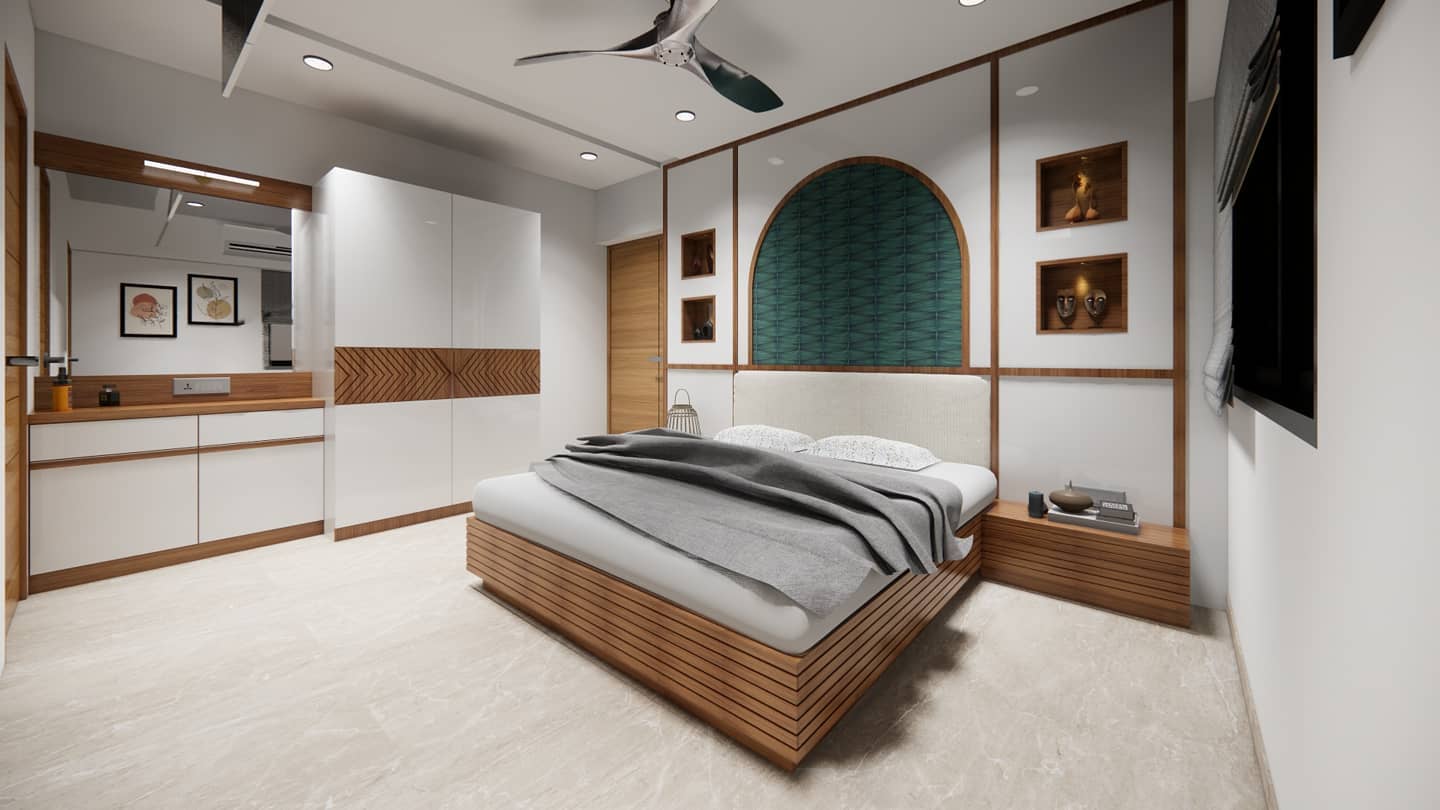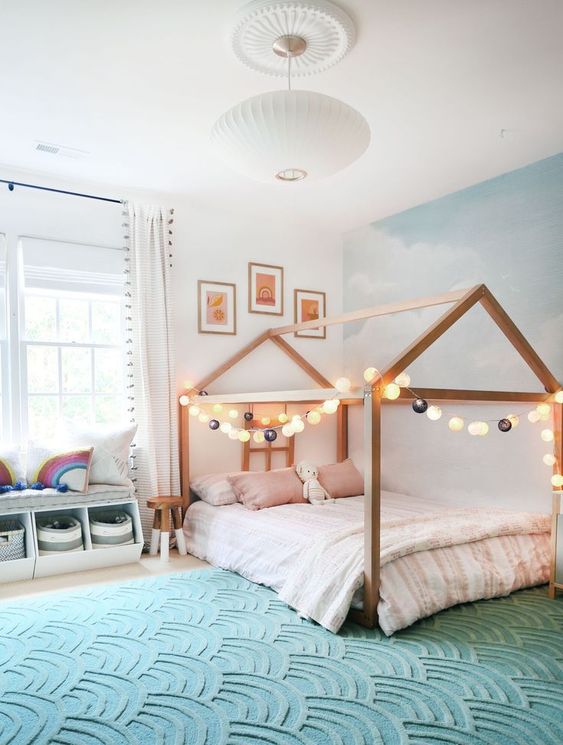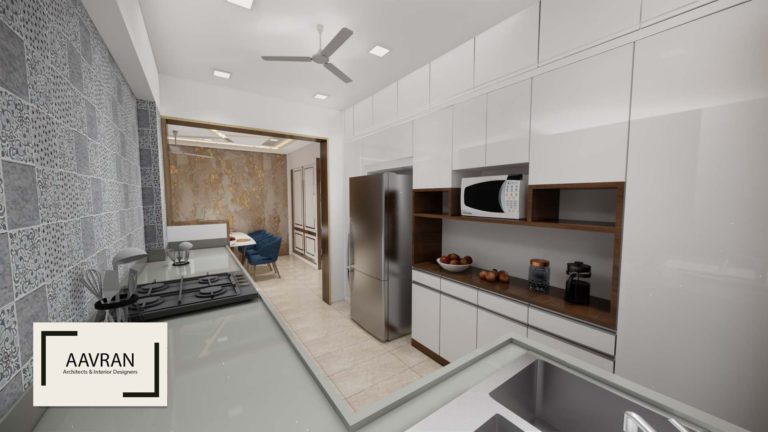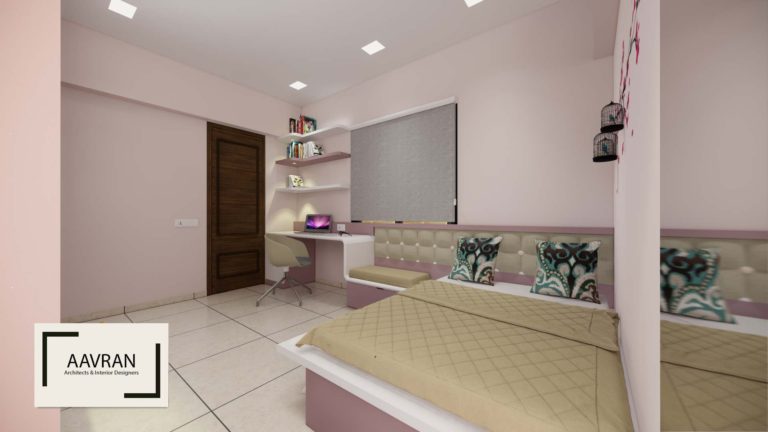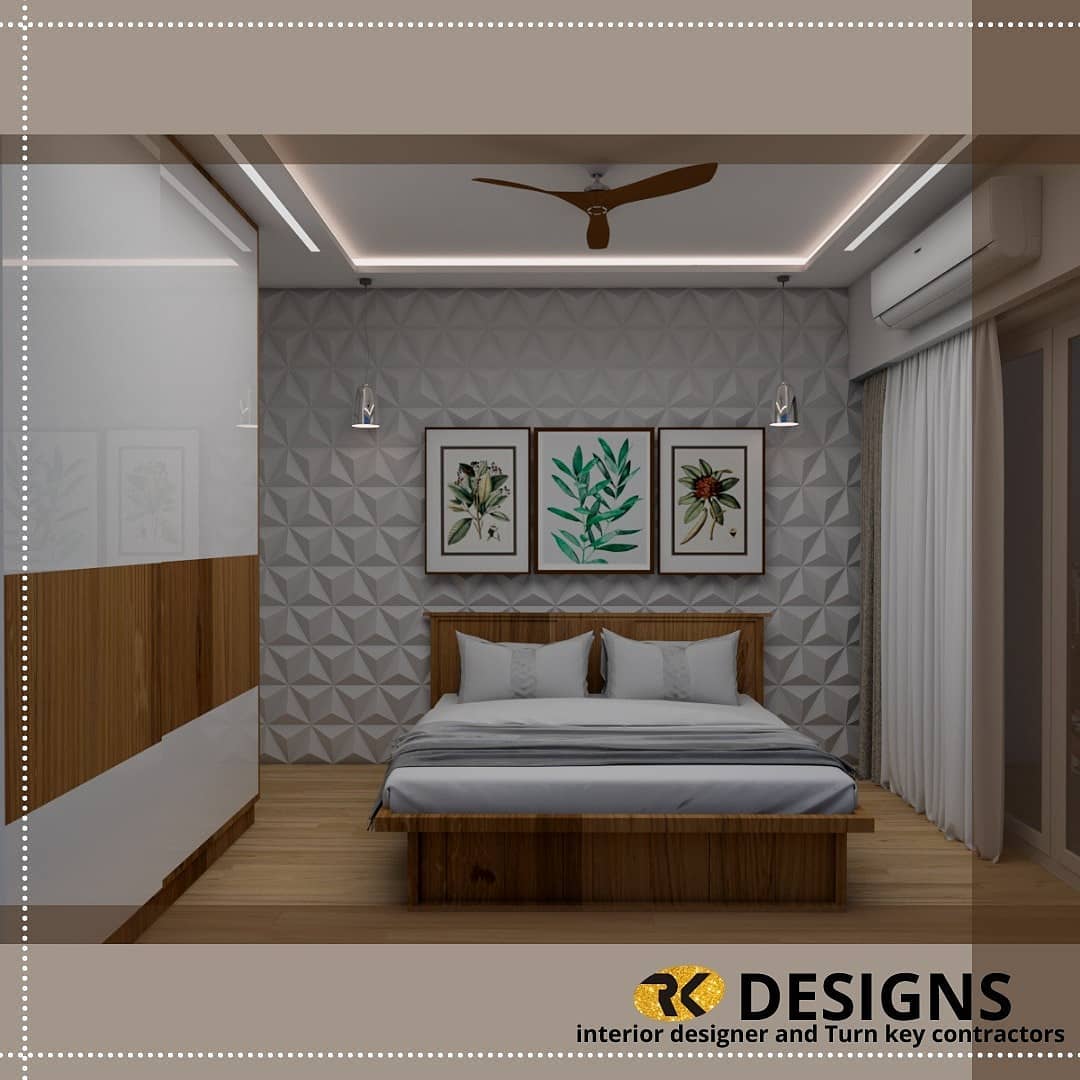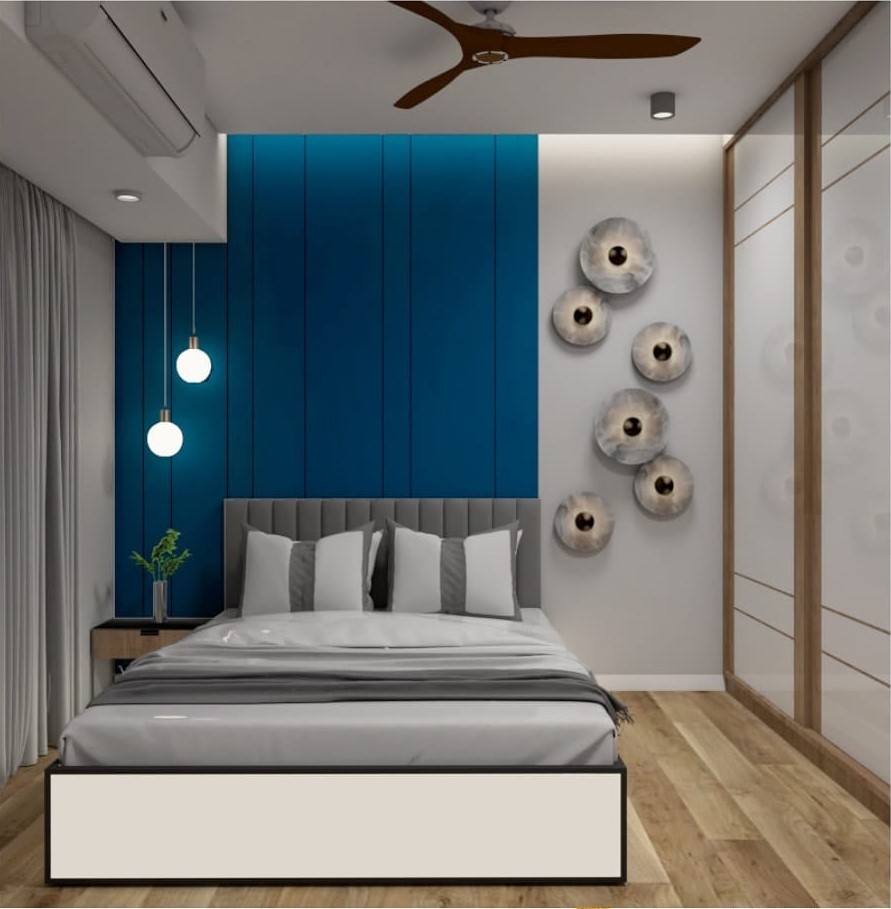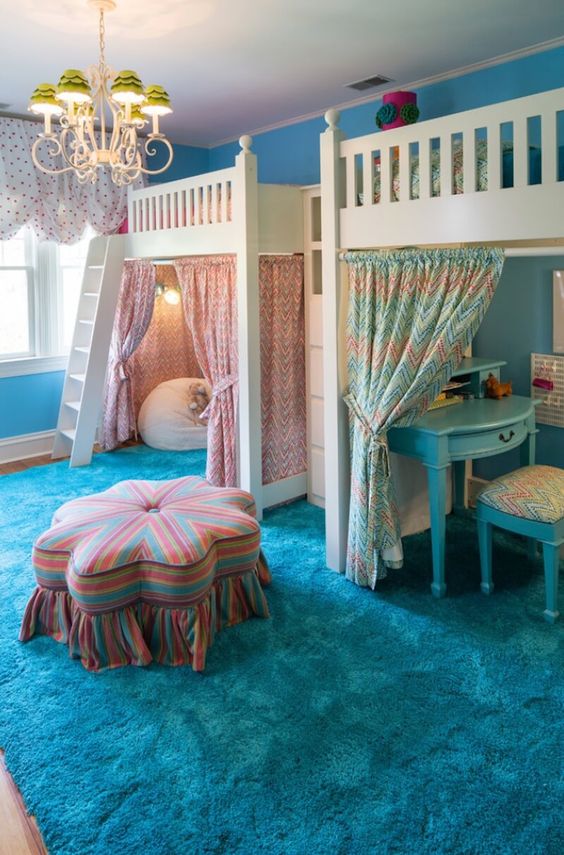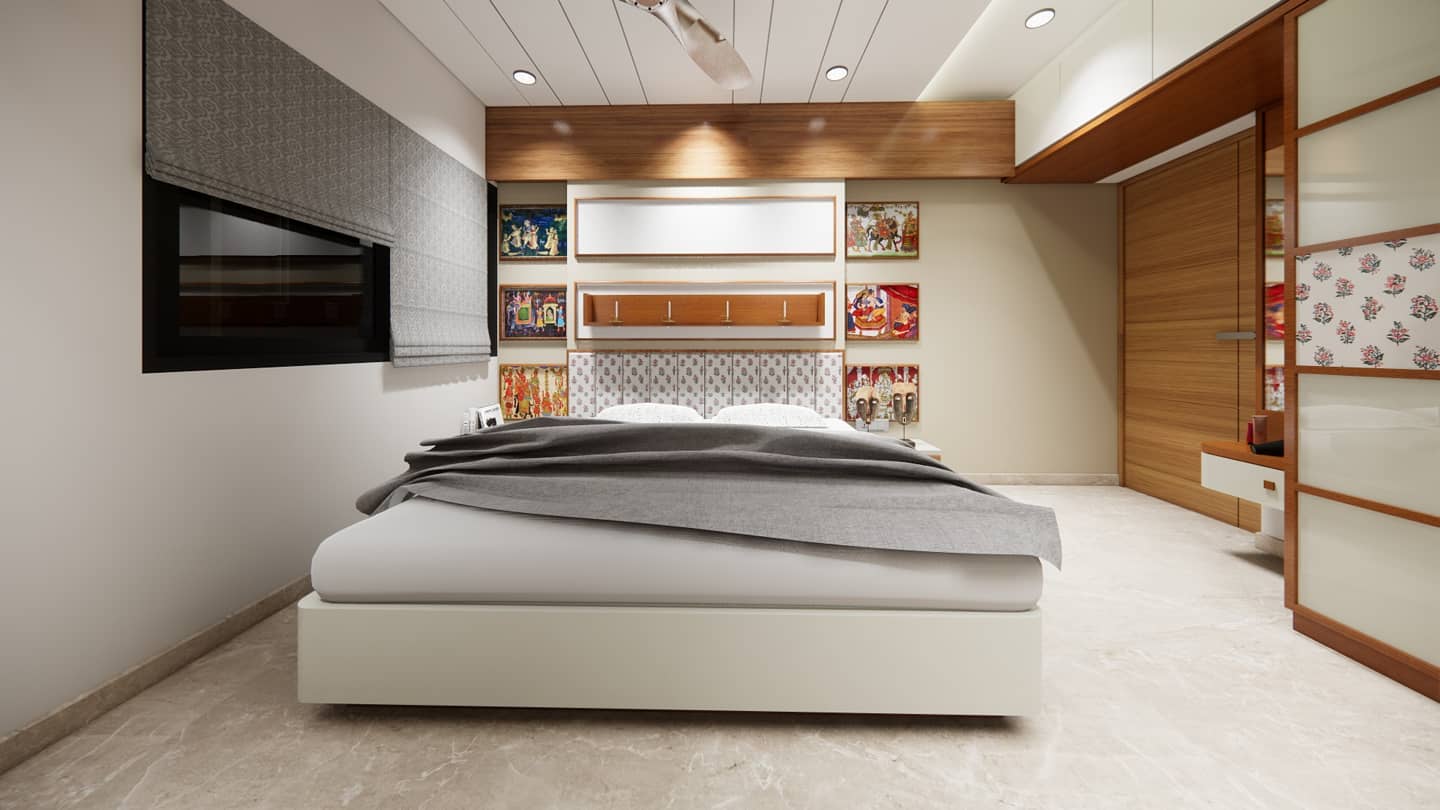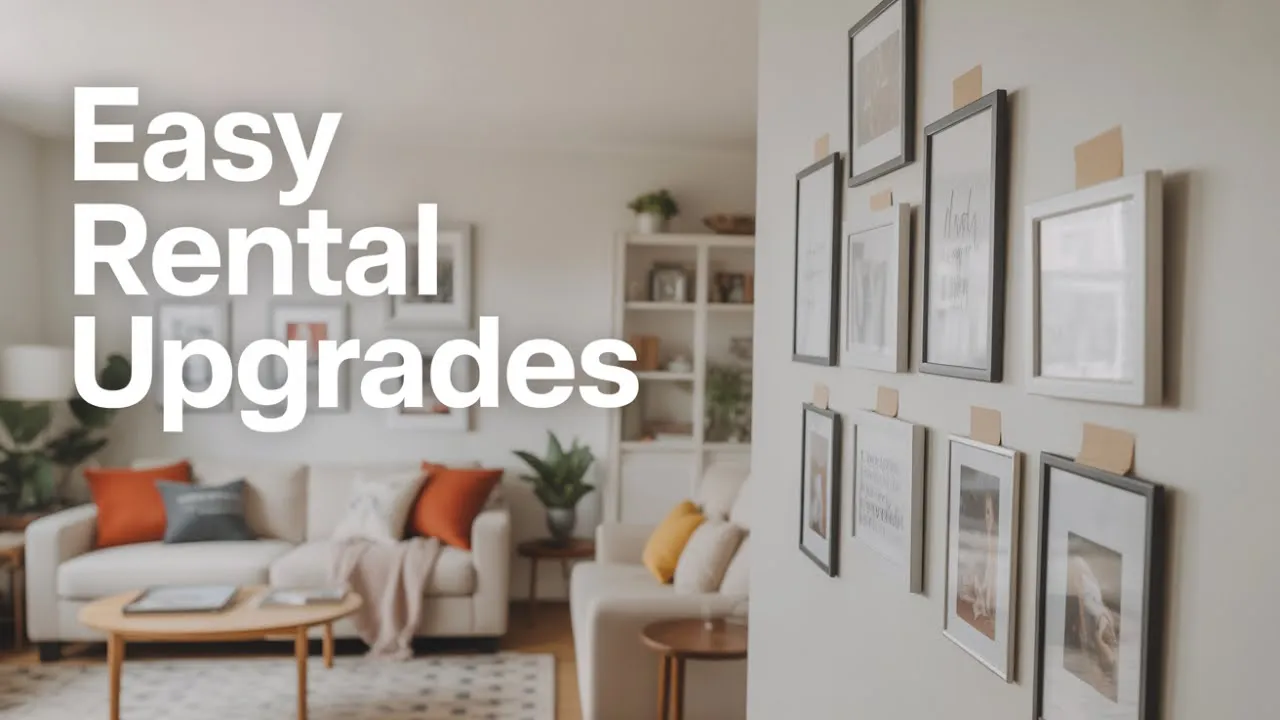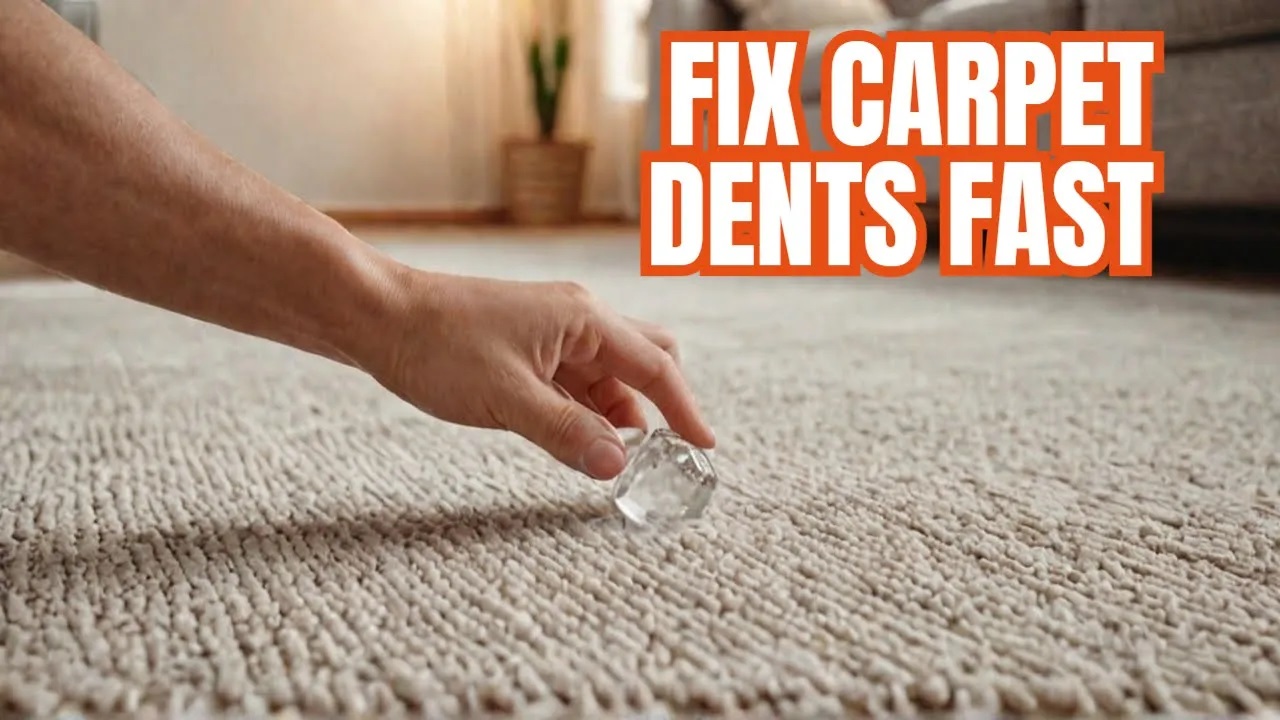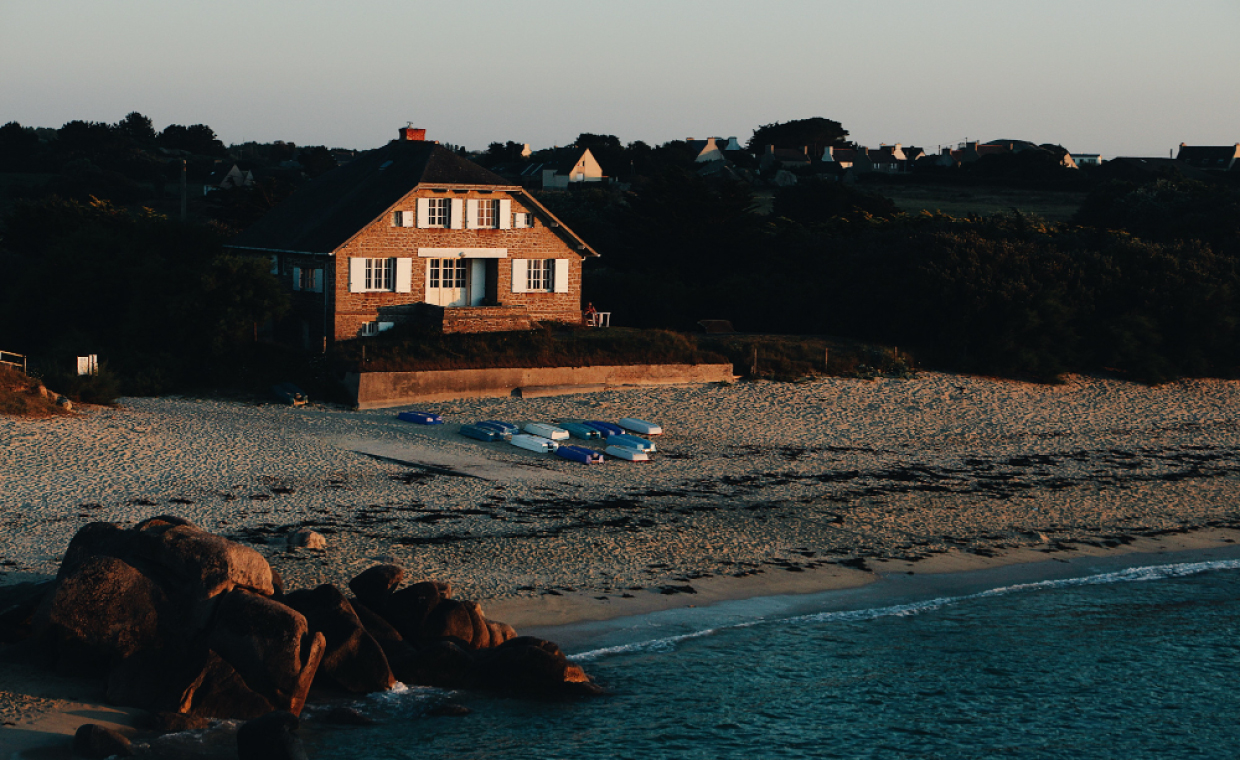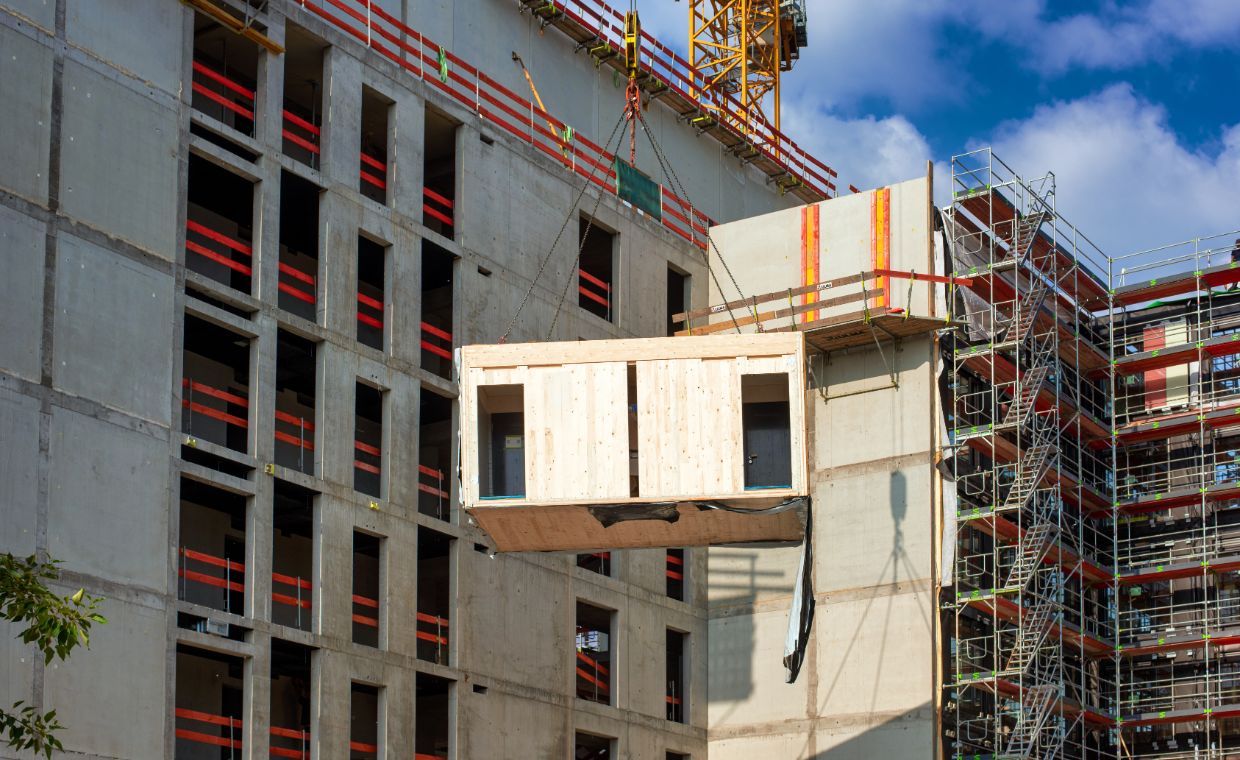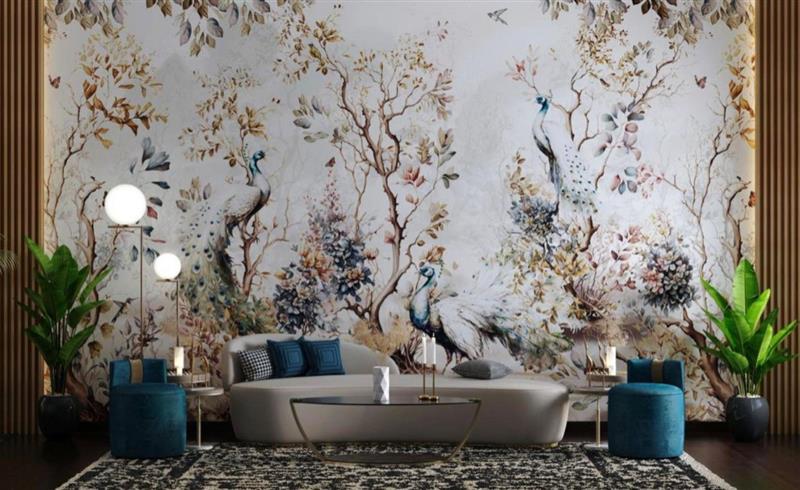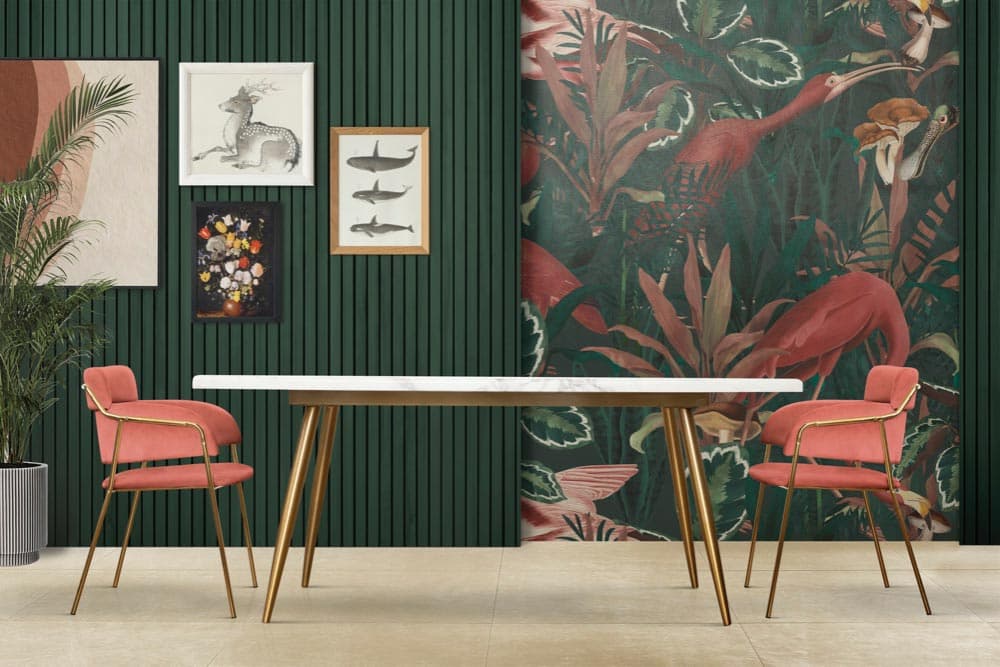
Table of Contents
The Mid-Century modern style home transports you to a world of timeless beauty and clean design. Since its emergence in the 1950s, this design has captivated with its austere appeal and unparalleled functionality, continuing to thrive in its modern resurgence. Experience the nostalgia and meticulous curation that define this iconic design movement. However, truly grasping its essence requires a deep understanding of its distinguishing features.
While Mid-Century Modern Design is unique in its own right, it also shares common elements that create a cohesive aesthetic. Achieving the perfect Mid-Century Modern interior requires consistency, but there are certain mistakes you should avoid to maintain its authenticity.
Also Read: Spellbinding Mid-Century Modern Design Ideas
5 Characteristics of Mid-Century Modern Style Home!
1. Open and Airy Spaces

Spacious interiors free of overcrowded furniture and excessive decor elements are a hallmark of the Mid-Century Modern Style. Each room must contain furniture that defines the space, embracing a minimalistic approach to additional decor. This design principle ensures a simple, uncluttered interior composition, creating a harmonious and functional living environment.
2. Big Openings

Mid-Century Modern Style incorporates grand openings like folding or sliding doors, maximising light and ventilation. These opening facilitate a seamless transition between indoor and outdoor spaces, giving the illusion of a larger area while providing fresh air and ample daylight.
3. Bringing the Outdoors In
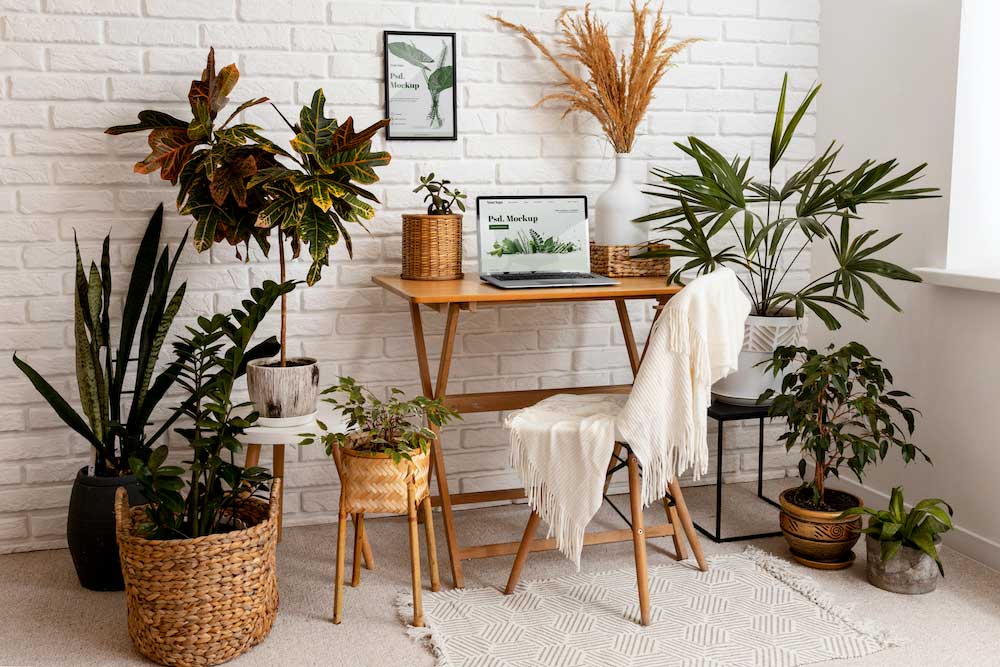
A Mid-Century Modern interior decor often incorporates plants, offering both aesthetic appeal and health benefits. Indoor greenery complements the earth tone of the Mid-Century Modern furniture and other décor elements, bringing nature closer to the living space. You can introduce small plants like cacti, and office plants, or opt for larger varieties such as rubber plants, smaller palm trees.
4. Use of Natural Materials and Earthy Hues

Mid-Century Modern design emphasizes natural materials like wood, stone, and leather, to reinforce its connection with nature. Decor elements in earthy tones – such as beige and light browns—enhance the look. The Mid-Century Modern colour palette utilises these elements in contrast, making them stand out and leaving a lasting impression on the viewer.
5. Clean and Sleek Aesthetic
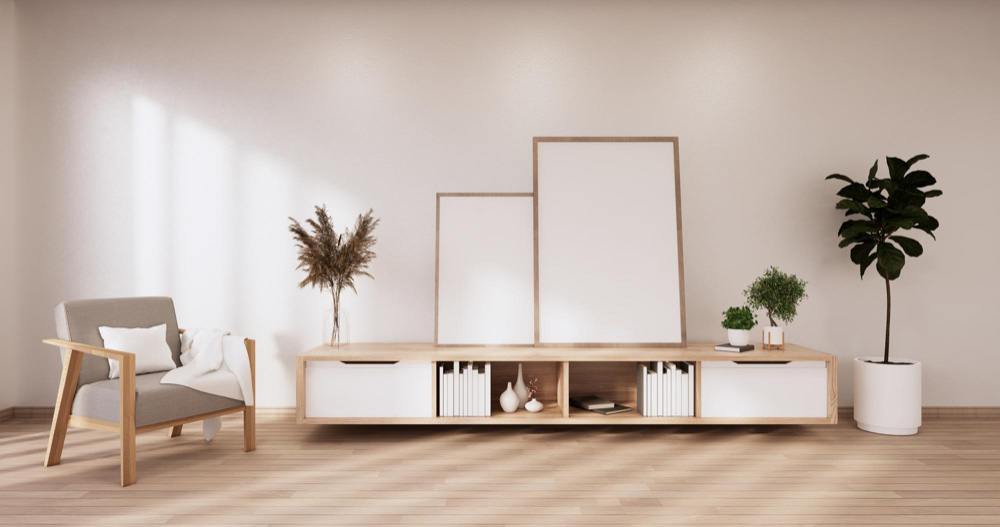
Mid-Century Modern interiors follow a simple yet functional layout, ensuring that each piece of furniture is thoughtfully placed to allow smooth movement without congestion. Designers minimise furniture and other elements to achieve a clean and elegant look. The combination of colours and textures further enhances the visual appeal of the furniture, making it a focal point of the space.
10 Common Pitfalls in Mid-Century Modern Home Styling
1. Only Dark Woods and Neutrals

Wooden textures and neutral colours play a significant role in Mid-Century Modern interiors, but the palette doesn’t stop there. Introducing vibrant hues such as mustard yellow, warm orange, and fresh green helps create balance, adding a pleasant pop of colour to the design.
The modern aspect of this aesthetic lies in exploring colours that enhance rather than disrupt the fundamental design principles. Mid-century Modern aesthetics include timeless and functional silhouettes, characterised by organic shapes, clean lines, and finished edges, which are the key elements to look out for.
2. Omitting Designs of Today

Mid-century designs date back to a time when intricate detailing and craftsmanship were prominent throughout the household. This resulted in furniture and decor elements with a distinctive mid-century vibe. While incorporating these pieces into your interior is a great choice, relying solely on them can make the space look outdated rather than charming. A well-balanced design should also reflect contemporary elements.
A Mid-Century Modern home thrives on subtle incorporations rather than an all-encompassing approach. Customise and characterise your space with modern furniture and décor that complement the Mid-Century aesthetics while maintaining a fresh, updated look.
3. Overpowering Wooden Hue

Wood is a timeless and versatile material, available in various textures and colours. While maintaining uniformity with a single wood hue and grain pattern can create cohesion, it can also feel overpowering. Explore both lighter and darker shades. This will add depth and contrast while also making the space look more balanced and appealing.
4. Overlooking Details

Paying attention to finer details is important to get this style right. Subtle and small elements that contribute to the overall ambiance have a lasting impact. Mid-Century Modern lighting with brass accents may seem minor, but they add sophistication and complete the space. Unique and well-curated details stand out in a sleek Mid-Century Modern aesthetic.
5. Imbalanced Material Sizes

The size of decor elements is as crucial as any other design aspect. In Mid-Century aesthetics, smaller-scale details are common, but that doesn’t mean your entire decor should be limited to compact pieces. Achieving a balanced mix of different sizes is key to creating a harmonious space. This variation creates visual interest.
6. Clashing Patterns

Introducing patterns is a clever way to enhance a space, and Mid-Century interiors did it well. However, with extensive options available, there is always a possibility of overdoing it. Using too many patterns in one space can overpower the design, making the space look cluttered. Since Mid-Century Modern décor emphasises a relaxed and airy surrounding, careful pattern selection is essential.
Use patterns and textures as accent elements to maintain balance. It will give ample space for it to shine while complementing the rest of the decor.
7. Bringing in Intricate Designs

Though complexity in any design might seem like a “wow” factor, it isn’t true in Mid-Century Modern Design. Instead of adding character to the space, it might overpower every other element. It could be the complex layout of the furniture or the incorporation of too many very detailed and one-of-a-kind pieces together. Sometimes, simplicity is what truly enhances a space, creating a sense of lightness. Complexity kept at bay or to the least thus, can effortlessly elevate the overall aesthetics.
Also Read: The Importance of Furniture Placement for Room Flow and Function
8. Forgetting Mirrors

Mirrors are a fun element to place when it comes to mid-century modern decor. They are a way of making a space align with the Mid-Century Modern aesthetics. Whether it’s a full-length mirror or a porthole kind, you can place them in various spaces, from entryways to bedrooms, to add depth and light. Sleek, thin-framed mirrors, elongated frameless designs, and unique modern mirror shapes all contributed to the same effect, reinforcing the Mid-Century Modern charm.
Also Read: 15 Inspiring Mirror Decor Ideas For Your Home Interior!
9. Excessive Glossy Finishes

Glossy finishes in certain aspects make the decor element stand out. But overdoing them can make the space feel overly reflective and monotonous. Explore a variety of textures that are beyond just a glossy finish and incorporate them thoughtfully. This will add depth and character to your Mid-Century Modern style home. A mix of textures offers a different level of sensory experience, while a single glossy finish may quickly lose its charm.
10. Overdoing Key Elements of Mid-century Aesthetic

It’s critical to create a balance while embracing the timeless appeal of Mid-Century Modern design. Avoid overusing components such as clean lines, organic forms, and minimalist decoration. Find the sweet spot where functionality meets aesthetic appeal to create a balanced and beautiful Mid-century-inspired home that will last.
Perfecting Your Mid-Century Modern Interior
Bringing a Mid-Century Modern style into your home seems like a simple task, but certain elements can make a significant difference. From avoiding overdoing key elements to not overlooking finer details, putting together this style will give you an end result in a timeless and visually captivating space. What are you waiting for? If you are convinced by the charm that Mid-Century Modern design then go ahead and bring the feel in your home.
Mid Century Style Interior FAQs
1. How does one maintain mid-century furniture?
Most Mid-Century Modern furniture is made of wood, which requires proper care. Oiling and cleaning these pieces can preserve these pieces for generations, ensuring that even your grandchildren can enjoy them in the years to come.
2. What period is Mid-Century Modern?
The Mid-Century Modern period spans roughly from 1933 to 1965. This era defines the architecture, furniture, and graphic design that emerged in the middle of the 20th century.
3. Where can one find the most Mid-Century Modern homes?
Some cities with the highest concentration of Mid-Century Modern houses include Austin, Denver, Houston, Palo Alto, Portland, and Las Vegas
4. What is the difference between Mid-Century and Mid-Century Modern?
Both Mid-Century and Mid-Century Modern are used interchangeably in the interior design world. However, there is a distinction. Mid-Century Modern refers to the design movement that gained prominence after World War II, around 1945. In contrast, Mid-Century describes a broader style that began developing in the early 1930s.
5. Is the Mid-Century Modern interior out of style?
Mid-Century Modern interior design style has never gone out of style. Its resurgence can be attributed to its timeless yet contemporary aesthetic.
Also Read:
13 Unique Interior Design Ideas and Home Decor Inspirations
Author Bio
Saili Sawantt – She is an Architect and Interior Designer by profession. Writing is what she treats as her passion. She has worked as an Architectural Writer, Editor, and Journalist for various design as well as digital portals, both national and international. Formerly she has also worked with Godrej Properties Limited (GPL) Design Studio, Mumbai, due to her keen interested in learning about Sustainability and Green buildings. Apart from this, she runs her blog ‘The Reader’s Express’ and is a practicing Architect & Interior Designer.




